The most basic part of the heart of a vehicle is its engine. Ever since its invention, it has gone through many changes. These changes are regarding their appearance and performance. To increases the performance of an engine i.e. to enable it to deliver more speed, there were two methods. One, the size of the engine could be made bigger,
Another is by providing it more charge (fuel+air).
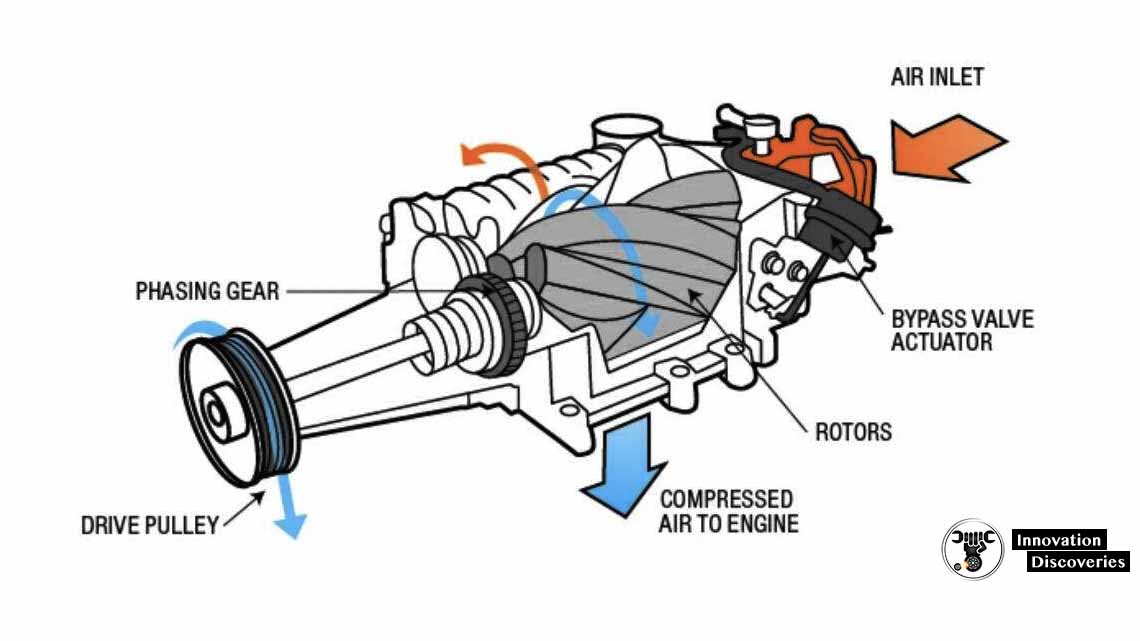
The size of an engine cannot be more than a certain limit.
So, the solution was to increase the supply of charge,
Which resulted in the invention of superchargers. Supercharger enables the engine to draw more compressed fuel and;
Air which helps the engine to produce more power. The whole process is called supercharging.
Read More:
- How Does A Supercharger Work?
- 5 Effective Methods To Boost Engine Power
- How Audi’s Electric Supercharger Eliminates Turbo Lag
In other words,
A supercharger is any device that pressurizes the air intake to
Above atmospheric pressure. Both superchargers and turbochargers do this.
The term “turbocharger” is a shortened version of “turbo-supercharger,”
Its official names.
Types of Superchargers
There are three types of superchargers
Roots Type Supercharger
Root type supercharger or root-blower. This supercharger uses two meshing lobes with rotors. While working, they rotate in opposite directions. Air enters through the inlet valve. The rotating lobes trap the air and compress it. After compression, the air moves towards the outlet valve thereby feeding the engine with more oxygen. Due to more oxygen, the engine draws more fuel which helps in increasing the speed. This supercharger produces lots of heat that is why it is less efficient.
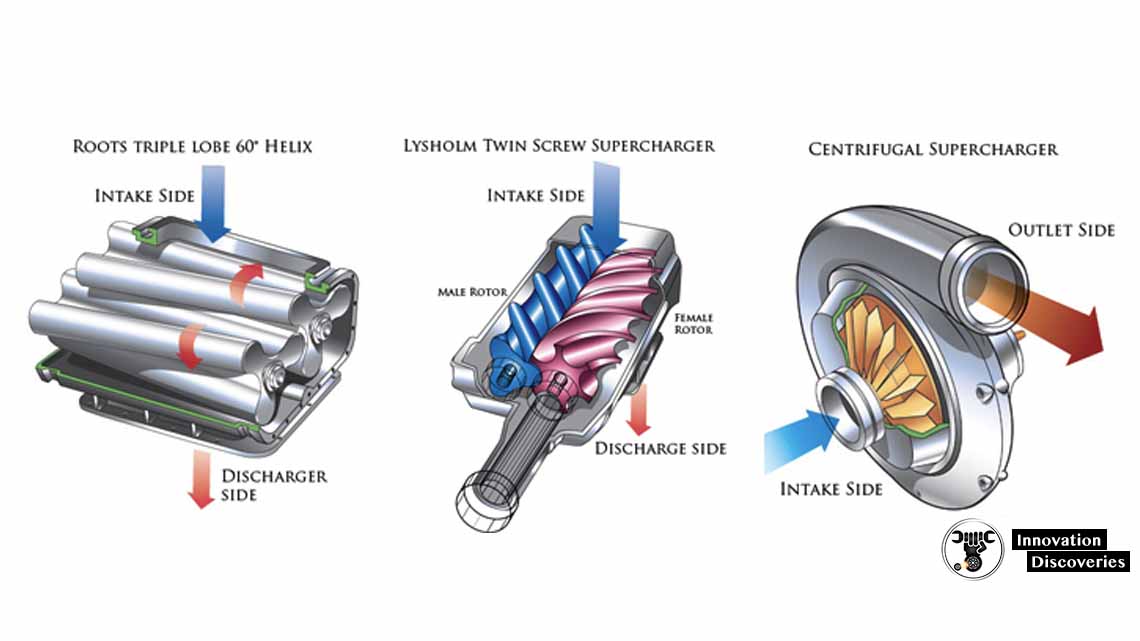
Twin-Screw Supercharger
In this type of supercharger,
Rotating rotors are in screw shape, replacing the lobs.
The rotation of the screw shape rotors is opposite to that of the rotors with lobes.
Rotating rotors draw air,
Compresses it and then discharges it through the outlet valve of the supercharger.
This supercharger provides an instant boost to the engine.
Centrifugal Supercharger
This supercharger comprises an impeller connected to the crankshaft by a belt drive. The impeller draws the air with the help of its centrifugal action.
The diffuser receives the air at high speed and low pressure and compresses
It to low speed and high pressure. The outlet valve releases the compressed air from where it enters the engine. This supercharger creates less heat and has high thermal efficiency.
Also, read:
A supercharger compresses the air which ultimately increases the temperature of the air. This hot air has very low density due to which it has fewer air particles. It will hinder the expansion of air in the combustion chamber.
To ensure that supercharger works efficiently,
Cooling down of the hot air is necessary. The intercooler helps in lowering the temperature of this hot air.


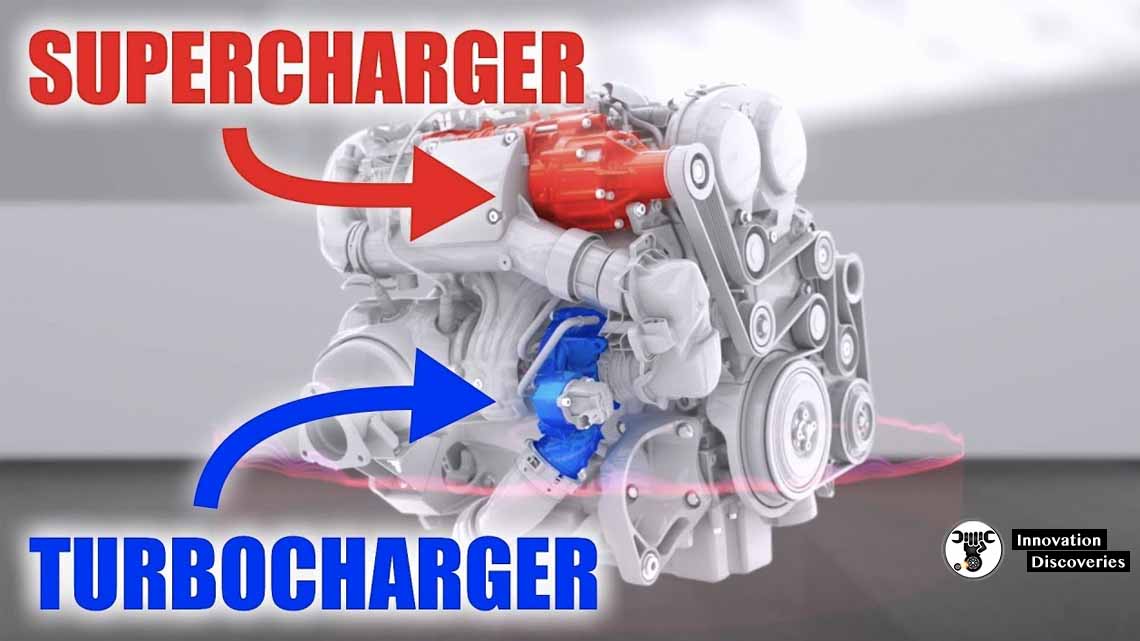
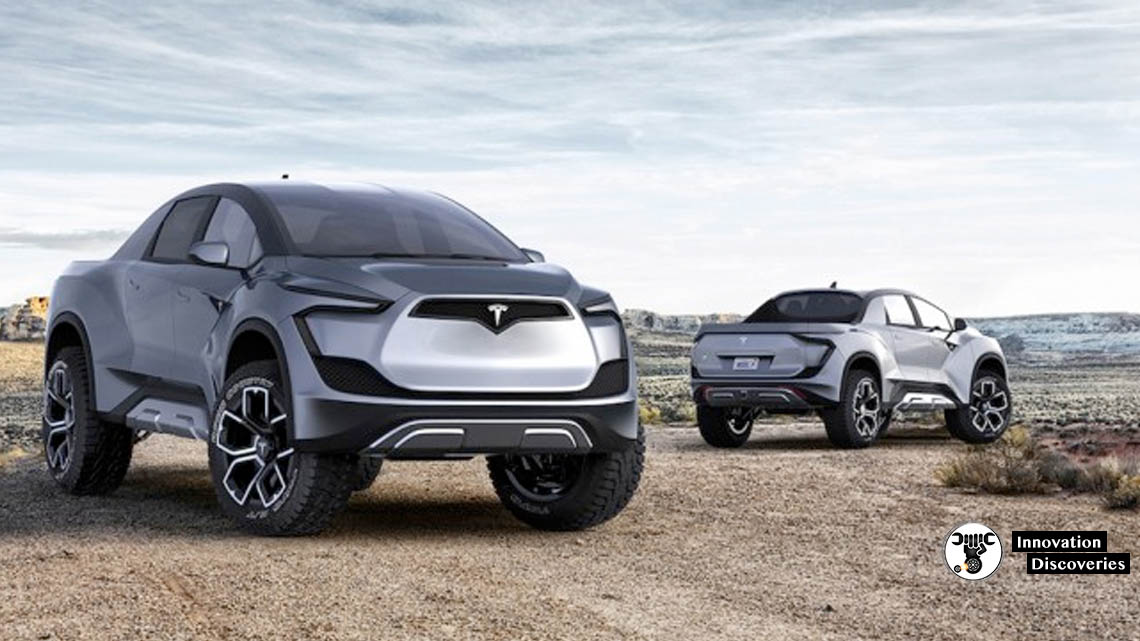
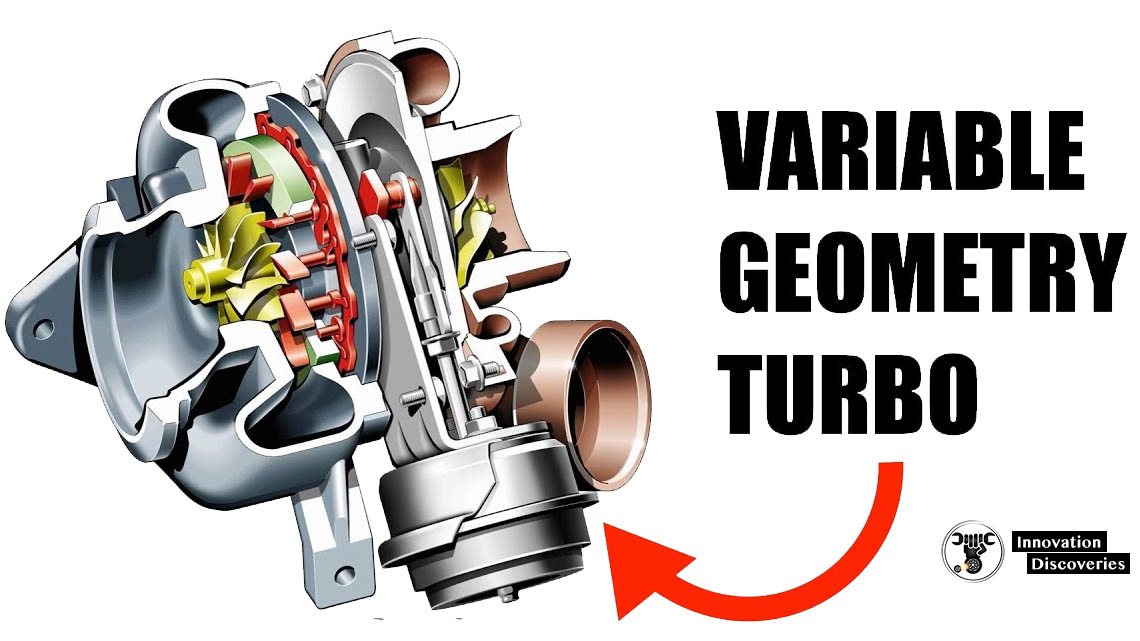
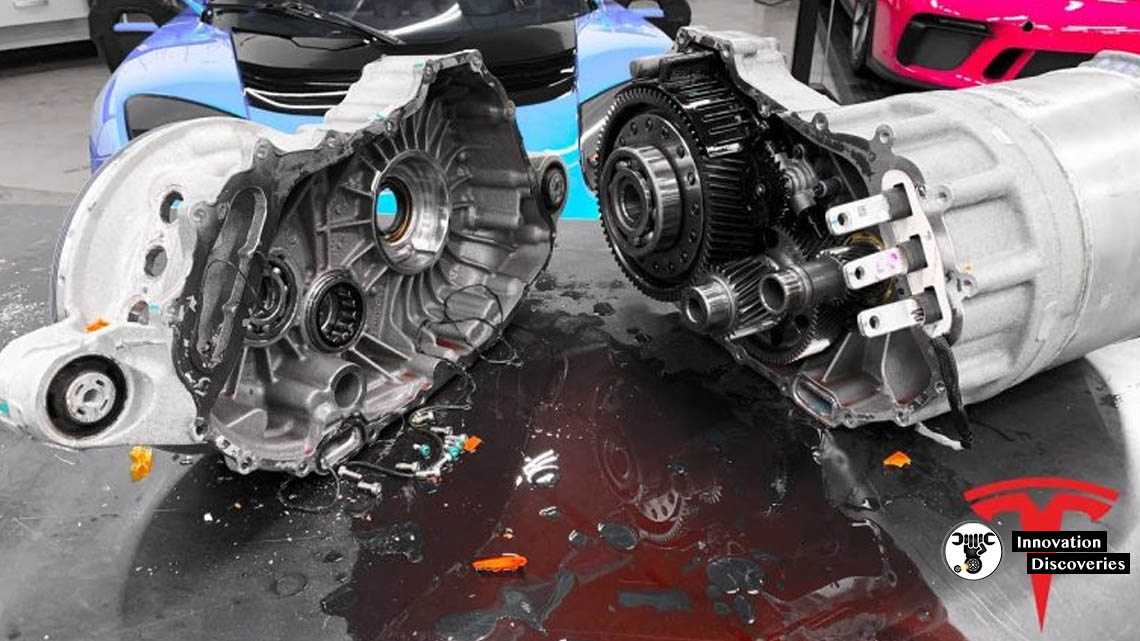
4 Comments